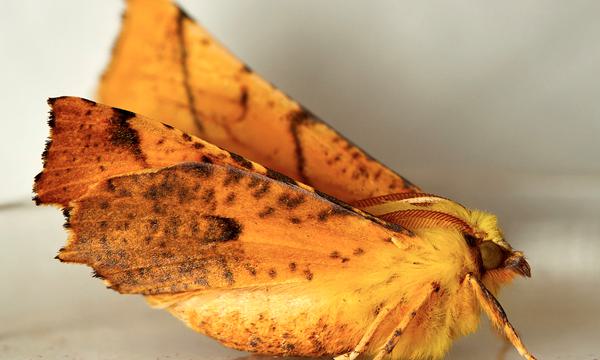News Story
When most people think of wildlife living in places like the millpond and streams at SareholeMill, things like plants, birds, fish and insects come to mind, but this is only a tiny fraction of what lives there. The water also contains a world of microscopic life that are rarely seen by people. These organisms are an important part of the ecosystem and can be useful indicators of water quality, so we have started to take samples of the water and record what we find. These are some of the microscopic creatures that live at Sarehole Mill.
Loxophyllum meleagris


Loxophyllum meleagris is a common species of amoeba found in many ponds. It moves quickly through water looking for smaller organisms to feed on. It is very flexible and able to change shape to avoid obstacles and squeeze through small gaps. Their large cells have a complex internal structure. One of the most obvious features is the line of paler circles running the length of the cell. These make up the nucleus of the cell that contains most of the DNA.
Closterium sp.

This belongs to a group of green algae called the Desmids. These come in an amazing variety of shapes, but they share a common structure. Each cell is made of two symmetrical halves joined together by a paler bridge containing the nucleus. They are sensitive to pollution and so are good indicators of water quality.
Diatoms

These are common in ponds and other wet places. They have distinctive shells called frustules made of glass like silica. These are finely patterned with ridges and pores that protect the cell inside, while being transparent to allow light through for photosynthesis.
Cyanobacteria

As the name suggests, these are a type of bacteria. Their cells are much smaller than algae and amoebas and lack a nucleus. They often live in colonies that can be large enough to see with the naked eye.
By Lukas Large
Curator (Natural Sciences)
References:
Ponds and Small Lakes Microorganisms and Freshwater Ecology by Brian Moss, Pelagic Publishing, 2017.
Loxophyllum meleagris, Real Micro Life.


